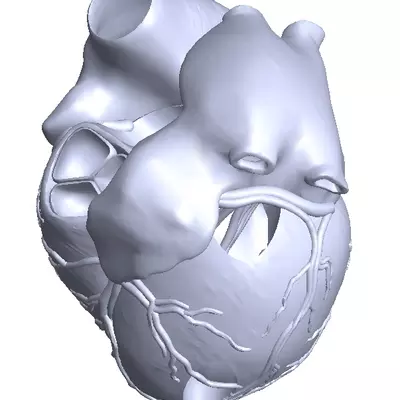- AdventHealth

We are always working on research to propel advancements in robotic surgery – and we’re eager to give more detail on a very exciting study we have right now. Our team of researchers, headed by Roger Smith, PhD, Chief Technology Officer at the Nicholson Center, is conducting tests which could have major implications in the fields of robotic surgery, telecommunications, and telemedicine.
Under a grant funded by the Department of Defense we are examining different aspects involved in surgery at a distance, or telesurgery. In telesurgery, the doctor does not have to be physically in the same location as the patient to perform a surgery. For our research, we are testing the lag times that may exist if a surgeon is performing a telesurgery. This is imperative because it determines the bandwidth delay, which could hinder the surgeon’s intraoperative performance and ultimately efficacy.
In previous study, we determined that anywhere between a 100 milliseconds (almost the speed of a blink) and 200 milliseconds (half of a second) delay was imperceptible to surgeons. We then tested current network capabilities by sending data across varying distances in Central Florida and determined that the current amounts of delay were well under the thresholds for surgeons to still operate proficiently. We hit an exciting testing milestone recently – successful testing over 1,200 miles from Celebration, Florida, to Fort Worth, Texas.
Telesurgery has the capability to revolutionize the way surgery is performed in both consumer health and the military. Imagine not having to travel across the country to have a surgery performed by the best surgeon or perhaps a doctor safely performing surgery on a soldier in a combat zone. Additionally, this research opens the door for a world of effective, internet-connected medical devices (surgical robots being one).
Our next test will span from Celebration Health to Denver, Colorado and Loma Linda, California. More information about the latency tests can be found in our comprehensive study.
Keep following our blog for regular updates about our upcoming tests and the future of telesurgery and click below to ask us any questions!



